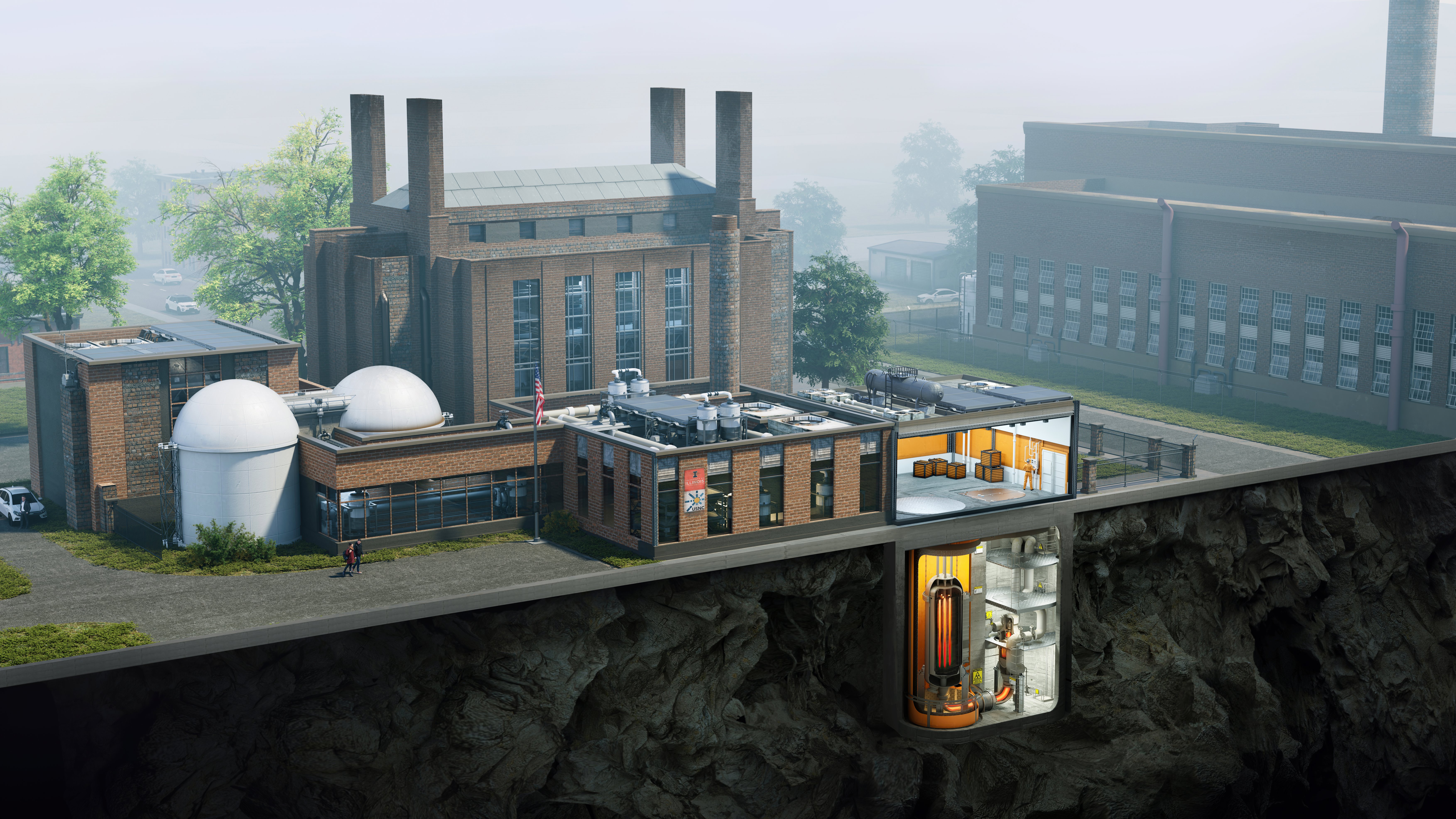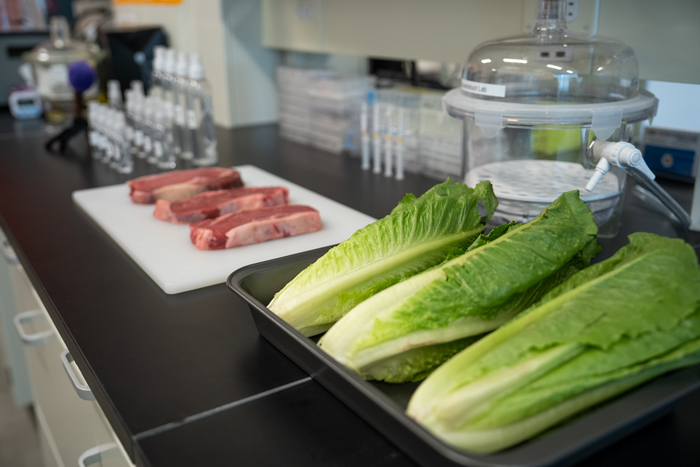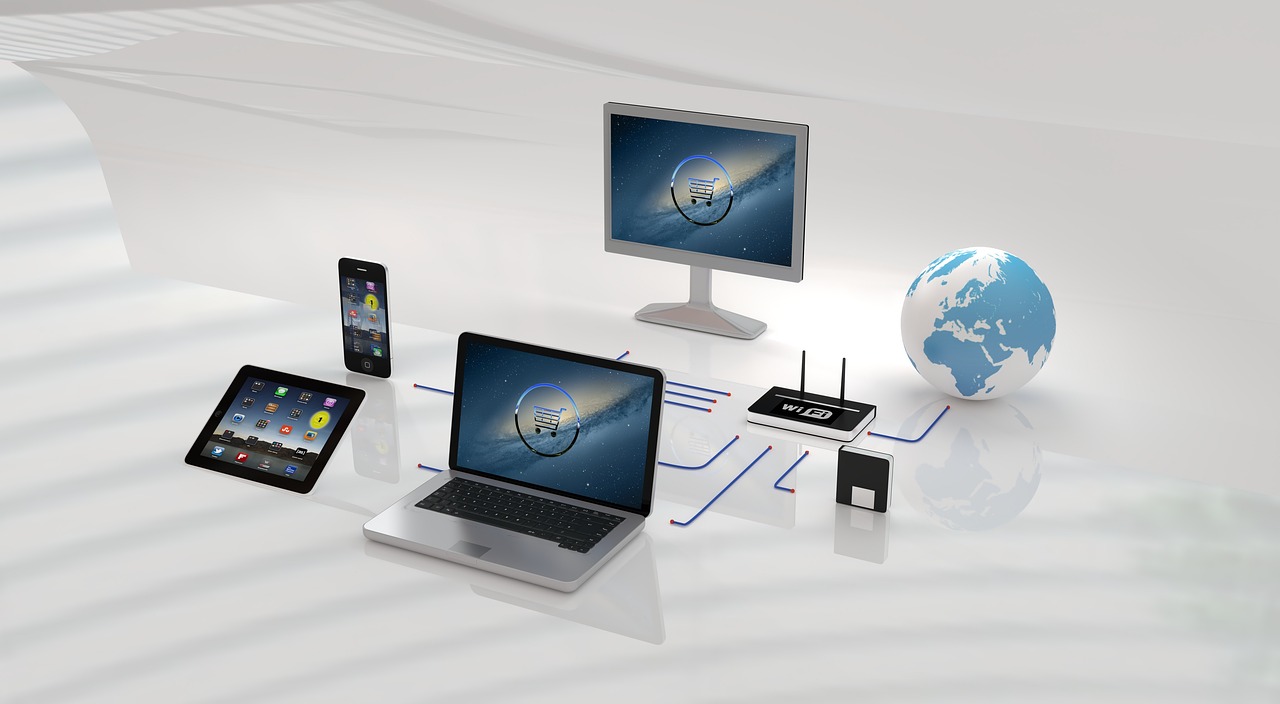Understanding The Brain Using Engineering Design Principles
We’ve all heard of Alzheimer’s, Attention Deficit Hyperactivity Disorder (ADHD), insomnia, depression, anxiety, epilepsy, addiction, stroke, schizophrenia, Parkinson’s disease, sensory disorders and pain not to mention blindness, deafness and other disabilities. Who would have thought solutions to these problems could come through the application of engineering design principles?
Huge Neurotechnology Industry Coming Of Age
What do all of the following companies have in common? They are all involved in the neurotechnology industry that has approximately 800 companies worldwide and generated $160 billion in neurotecdhnology revenue in 2013. The industry will address many of the maladies mentioned above and is expected to see a 4% compound annual growth rate over the next decade, according to neurotechnologyindustry.org.
- Advanced Bionics
- Boston Scientific
- CVRx
- Cochlear Ltd.
- Cyberonics
- Medtronic
- Natus Medical
- Nevro Corp.
- Spinal Modulation
- St. Jude Medical
Over the next 10 years neurotechnology currently under development will become mainstream and financially lucrative. And there are more new neurotechnology incubators and brain technology startups than ever before.
The three main sectors in neurotechnology include neuropharmaceuticals, neural devices and narrow diagnostics. The most interesting areas include biofeedback, neural prosthetics, brain implants, neural mimetics, neural devices, and neural engineering.
Neurotechnology includes neurorehabilitation from accidents and health conditions and seruosensing and neurobiotic systems seek to improve or repair brain processes.
Major developments in funding of neurotechnology include a $1.6 billion Human Brain Project underway in the EU and a $200 million investment in the US BRAIN initiative that seeks to stimulate basic research; the United States now spends $5.4 billion annually or one-sixth of the National Institutes of Health budget on neuroscience related research.
The Future of Neurotechnology
Trends in neurotechnology are driven by advances in medical sciences, biology, computer sciences and their convergence, leading to brain-machine interfaces and improving and extending human cognition and anatomy.
References and related content:
- Neurotechnology: Understanding The Brain Using Engineering Design Principles
- Stephen Hawking: College, Marriage & Motor Neuron Disease, A Movie Trailer
- 3D Printed Brains Help Train Future Neurosurgeons
References and related content:
- Neurotechnology in National Security and Defense: Practical Considerations, Neuroethical Concerns (Advances in Neurotechnology): James Giordano: 9781482228335: Amazon.com: Books
- About Neurotechnology: company information and white paper
- With neurotechnology, the lame dont just walk — they race | The Times of Israel






